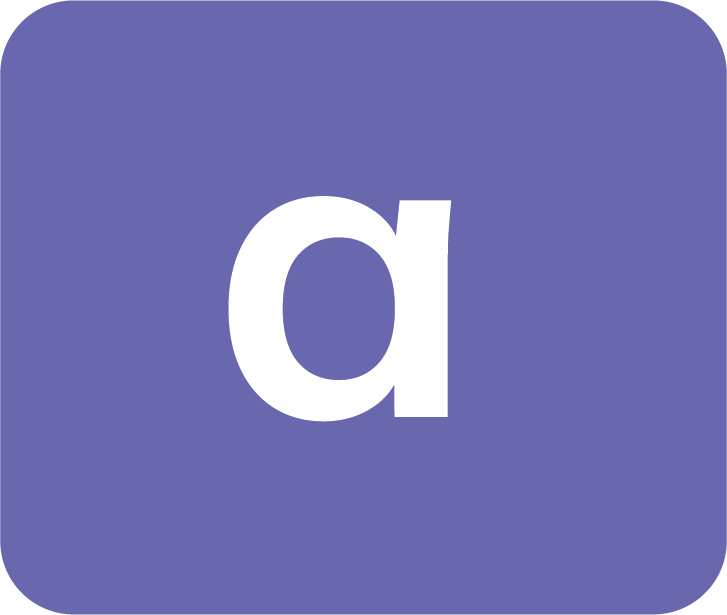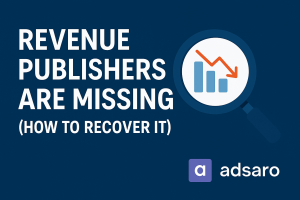In a digital world flooded with content, it’s becoming harder for users to tell the difference between genuine editorial content and advertising. That’s why ad disclosures are more important than ever. Whether it’s a social media post, a blog article, or a YouTube video, audiences deserve to know when content is paid for or sponsored. Clear, honest ad disclosures don’t just protect consumers—they build trust, ensure advertising transparency, and keep publishers and advertisers on the right side of the law. As regulations like the FTC ad guidelines and platform-specific policies continue to evolve, understanding how to properly disclose paid partnerships is essential for anyone involved in digital advertising.
What Are Ad Disclosures?
Ad disclosures are statements placed alongside or within digital content to inform users that the material they are viewing is paid advertising. In simpler terms, they answer the question: “Is this content trying to sell me something, and is someone getting paid for it?”
Native advertising requires these disclosures—ads designed to match the look and feel of the platform’s regular content. For example, a brand must clearly label an article on a news website that promotes a product and is paid for as sponsored or paid content.
Disclosures are necessary across all formats, including blog posts, videos, podcasts, emails, and social media.If someone receives compensation in any form—money, free products, or services—in exchange for content, they must disclose it.
Why Ad Disclosures Matter ?
There are three major reasons ad disclosures are important: legal compliance, advertising transparency, and platform enforcement.
1. Legal Compliance
Laws and regulations around the world require clear ad disclosures. In the U.S., the Federal Trade Commission (FTC) has strict rules about sponsored content. Their FTC ad guidelines mandate that any “material connection” between an advertiser and a content creator must be disclosed clearly and prominently. This includes payments, gifts, free products, affiliate commissions, and brand collaborations. Similar laws exist in Europe, the UK, Australia, and many other countries. Violating these laws can result in hefty fines or lawsuits.
2. Advertising Transparency
Trust is the foundation of any advertising relationship. When audiences know they’re being marketed to, they can process the content more critically and make informed decisions. Hiding ads behind editorial content can feel deceptive and damage a publisher’s or influencer’s credibility. Advertising transparency builds trust, and trust builds long-term audience loyalty.
3. Platform Enforcement
Platforms like Google, Facebook, Instagram, TikTok, and YouTube have their own rules around sponsored content and disclosures. These platforms may flag, restrict, or remove content that fails to follow their policies. For example, Instagram has a “Paid Partnership” label for brand collaborations, and YouTube requires you to check a box when your video includes promotional content. Not following these rules can result in demonetization or account suspension.
Common Types of Ad Disclosures
Disclosures can take many forms, depending on the medium and the platform. But regardless of the format, the goal remains the same: clearly inform the viewer or reader that they’re viewing advertising content.
Some widely accepted disclosure formats include:
- “Sponsored” – A straightforward label used on blogs, social media posts, and articles.
- “Ad” or “Advertisement” – Often used in native ads, banners, and sidebars.
- “Paid Partnership with [Brand]” – Common on Instagram or TikTok.
- “In collaboration with [Brand]” – Suitable for co-created content, but must also mention if compensation was involved.
- “This post contains affiliate links” – Required when the publisher earns a commission from clicks or sales.
You must place each of these disclosures in a prominent position—ideally before or at the beginning of the promotional content—to ensure that users see it before engaging with the ad.
Best Practices for Ad Disclosures
To meet both legal and ethical standards, here are the most important best practices for ad disclosures:
1. Be Clear and Specific
Vague language can confuse users and may violate sponsored content rules. Always use direct terms like “sponsored,” “paid promotion,” or “advertisement.” Avoid euphemisms like “brought to you by” unless accompanied by a clear explanation.
2. Place Disclosures Early
Users should see the disclosure before they interact with the content. Place it at the top of blog posts, before the first spoken line in a video, or at the beginning of a social media caption. People can see delayed disclosures as deceptive.
3. Make Them Visible Across Devices
Many users browse on mobile devices, so make sure disclosures are not hidden or truncated on smaller screens. They must be clearly visible on all screen sizes, whether desktop, tablet, or mobile.
4. Keep Them in the Same Language and Style
If your content is in English, don’t write the disclosure in another language. If your font is large and bold, the disclosure shouldn’t be tiny or hidden in grey text. Disclosures should match the tone and style of the surrounding content to maintain clarity.
5. Use Verbal and Visual Disclosures for Multimedia
In video and audio content, it’s important to include both spoken and visual disclosures. This ensures that users who listen without watching (or vice versa) still understand that the content is sponsored.
What Not to Do ?
Many advertisers and creators unintentionally make disclosure mistakes that could lead to penalties. Here are things to avoid:
- Don’t bury disclosures in the footer or at the bottom of the content.
- Don’t rely on small fonts or faded colors that are hard to see.
- Don’t hide behind vague phrasing like “thanks to our partner” without clarifying that it’s a paid relationship.
- Don’t assume that the audience already knows—every sponsored post must include a clear and visible disclosure, regardless of past partnerships.
These practices violate native advertising compliance guidelines and can put your brand or platform at risk.
Who Is Responsible for Disclosure?
Responsibility for ad disclosures doesn’t fall on just one party—it’s shared by everyone involved in the advertising process.
- Advertisers must ensure their sponsored content includes disclosures and is in line with the law.
- Content creators and influencers must disclose any form of compensation received for promoting a product or service.
- Publishers are responsible for flagging and labeling paid articles, videos, and banners correctly on their sites.
Even affiliate marketers, who earn commission through links, must inform their audience about the financial incentive. If you benefit financially from the content, you are responsible for disclosing it.
Conclusion
Ad disclosures are not just a formality—they’re a foundation for ethical and effective digital advertising. In an age where native advertising and influencer marketing are thriving, transparency is everything. By using clear and consistent ad disclosures, brands and publishers show respect for their audiences and meet the legal expectations set by authorities like the FTC. Whether you’re sharing sponsored content, running affiliate campaigns, or publishing branded stories, proper disclosure builds trust, prevents legal risks, and strengthens your credibility in the market. In short, honest advertising isn’t just good practice—it’s smart business.








Leave a Reply